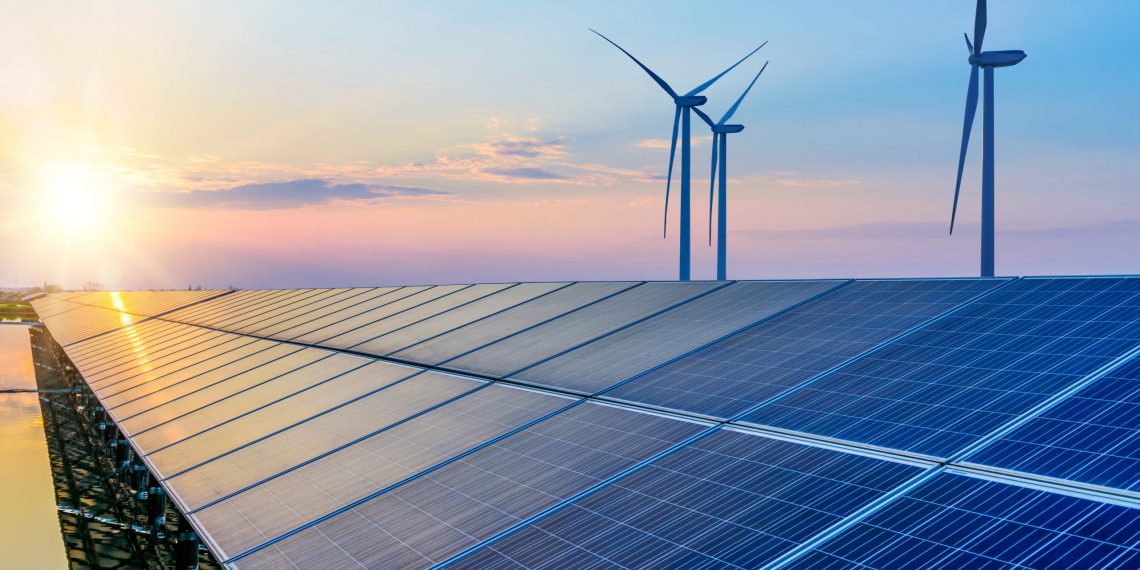
Renewable energy is moving into a new stage in its evolution.
By Allen Austin, ABB
Renewables account for more than two thirds of new generating capacity additions in the U.S. This means that renewable energy is claiming an increasing share of the national generation mix. EIA estimates that wind power accounted for 9% of U.S. electricity generation in 2020., surpassing hydropower as the predominant renewable electricity generation source in 2019.
The agency expects wind to make up 31% of the nearly 40GW of new generating capacity in 2021. That’s nearly double the share claimed by new gas-fired generation (16%). Solar comes in first, accounting for 39%, according to EIA.
The industry’s maturation has brought with it a major consolidation in recent years. Vestas acquired half of Mitsubishi Heavy Industries’ offshore wind business, Siemens acquired Gamesa wind, Centrica acquired Vista Solar, and Tesla acquired Solar City.
In the last few years, ABB has made some consolidation moves of our own. We sold our solar inverter business to Fimer, and we exited the high-voltage T&D business. On the plus side, the acquisition of GE Industrial Solutions in 2019 added critical low- and medium-voltage components and systems. These additions complement our existing renewable portfolio.
For us at ABB, it’s an exciting time. Our customers are pushing us to help them maximize their efficiencies and increase long-term sustainability with digital and cloud-connected technologies.
For example, utilities today are under extreme pressure to provide reliable high-quality power at competitive prices while reducing environmental footprint. Trends towards decentralized power generation from renewable sources further challenge established grid structures and require flexible and intelligent solutions.
Ultimately, it is customers—and their needs—that drive any supplier’s strategy. It’s clear that utilities and others in the renewable space are increasingly focused on technology that can lower costs and reduce risk. Condition monitoring on wind turbines, for example, feeds into predictive maintenance. It also establishes a basis for long-term capex planning by identifying the potential for various types of component failure in the future.
Customers are adopting these digitally-enabled capabilities more widely every day. Technology is no longer just for “early adopters”.
The next step for us now is working with our utility customers to knit together the hardware—low-voltage components in wind turbines, medium-voltage switchgear, energy storage—with cloud-based software and analytics. That means developing the ABB Ability platform that brings those digital capabilities together with the equipment in the field.
As the cost of underlying technologies, like sensors, continues to decline and analytics become more refined, customers have more choices. We expect more products and systems to come to market with connected digital capabilities the norm. In that environment, as technology proliferates, we see domain expertise as the ultimate differentiator.
There’s no substitute for experience, and in upcoming posts, I’ll share some of ours. We’ll explore topics from utilities’ transition to high renewable penetration to the role of energy storage. We are committed to the renewables industry for the long haul. That commitment means being a part of the conversations taking place within the renewables community right now.
Exciting times, and there’s more to come.
About the Author
Allen is the Senior Renewable Energy Market Development Manager at ABB Electrification USA. He began is work with the Renewable Energy market in 2008 with ABB Inc Low Voltage, where he developed and launched the local USA Low Voltage Products division strategy for the solar market. Within two years, he achieved more than 8X growth in solar. Since then, his responsibilities have expanded to all renewables including wind, energy storage and power generation for the Electrification Division-Americas with focus on the USA. Interests include all aspects of renewables, such as OEM’s utilities, developers, EPC’s, contractors, specifiers, distributors and industry associations.





